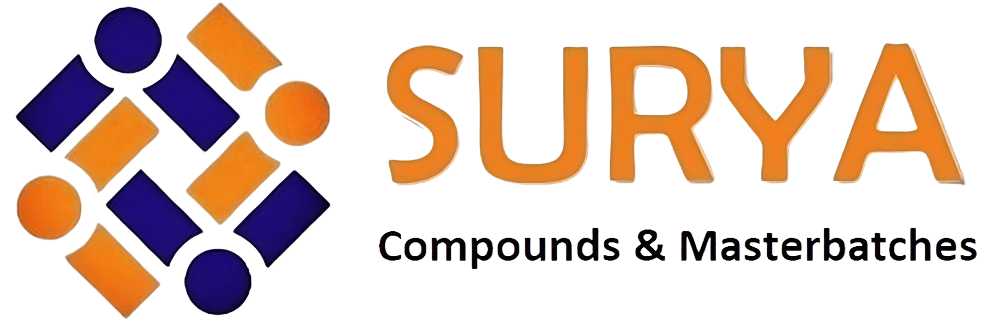- Home
- Masterbatch
- Additive Masterbatch
- Anti-Block Masterbatch
- Anti-Fog Masterbatch
- Anti-Microbial Masterbatch
- Anti-Oxidant Masterbatch
- Anti-Static Masterbatch
- Anti-Termite & Rodent Masterbatch
- Desiccant / Anti-Moisture Masterbatch
- Optical Brightener Masterbatch
- Flame Retardant Masterbatch
- Slip Masterbatch
- Polymer Processing Aid (PPA) Masterbatch
- UV Masterbatches
- VCI Additive Masterbatch
- Filler Masterbatch
- Black Masterbatch
- White Masterbatch
- Color Masterbatch
- Mono Masterbatches
- Special Effect Masterbatches
- EVA Masterbatch
- OXO Biodegradable Masterbatch
- XLPE Masterbatch
- Cable Masterbatch
- Nylon Masterbatch
- TPU Masterbatch
- Additive Masterbatch
- Compound
- Market
- Company
- Blog
- Contact Us
Unlocking Creativity: How Special Effect Masterbatches Transform Modern Plastics with 30% Enhanced Visual Appeal
The plastic industry is experiencing a vibrant transformation driven by innovative solutions such as special effect masterbatches, which enhance the aesthetic appeal of products while meeting market demands for sustainability and functionality. According to a market research report by MarketsandMarkets, the global masterbatch market is projected to reach USD 18.45 billion by 2025, growing at a CAGR of 4.9%. Special effect masterbatches, characterized by their unique properties and visual enhancements, are playing a crucial role in this growth. They enable manufacturers to achieve up to a 30% increase in visual appeal, offering eye-catching finishes that cater to modern consumer preferences. As industries across sectors, from packaging to automotive, increasingly adopt these advanced materials, the integration of special effect masterbatches is reshaping product design and positioning, making them essential for brands striving to stand out in a competitive marketplace.
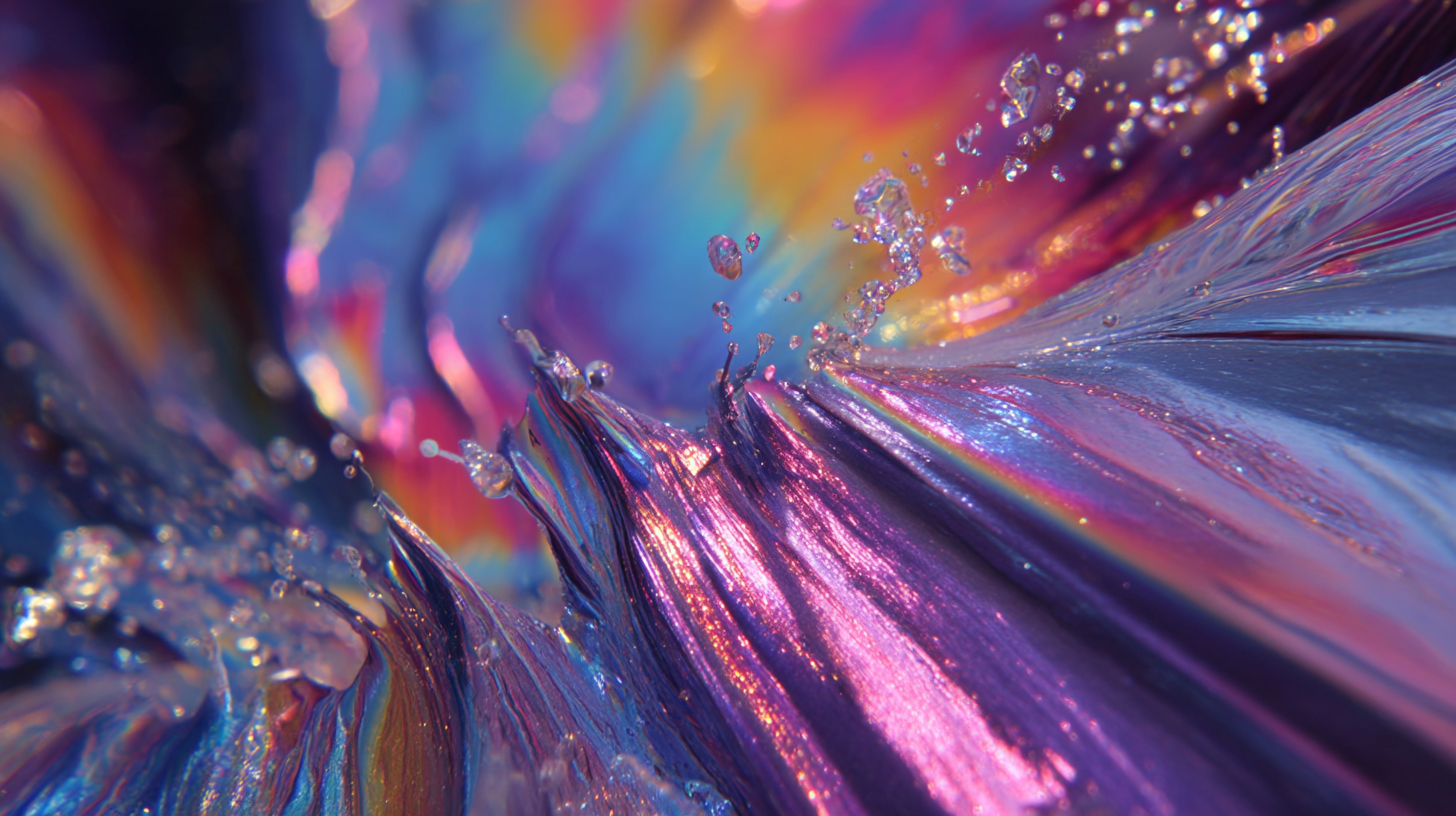
Revolutionizing Plastic Aesthetics with Special Effect Masterbatches
Special effect masterbatches are making waves in the world of plastics, revolutionizing the aesthetics of everyday products. By incorporating unique additives and colorants, these masterbatches can create striking visual effects, such as shimmering metallic finishes, vibrant color shifts, and fluorescent radiance. The result is a range of plastics that not only serve functional purposes but also captivate consumers with their enhanced visual appeal. With a reported 30% increase in attractiveness, these innovations are pushing the boundaries of traditional plastic design.
When considering the integration of special effect masterbatches into your product line, it's essential to keep a few tips in mind. First, evaluate the specific performance characteristics and compatibility of the masterbatch with your base polymer to ensure optimal results. Next, test a variety of effects to find the one that aligns best with your brand identity, taking into account market trends and consumer preferences. Finally, observe the impact on manufacturing processes, as some masterbatches may require adjustments in processing temperatures or techniques to achieve the desired results.
Furthermore, leveraging special effect masterbatches not only enhances aesthetics but also allows for differentiation in a competitive market. By creating visually striking products, brands can engage consumers more effectively, fostering a deeper connection and possibly leading to increased sales. Embracing this innovative technology could very well be the key to unlocking unparalleled creativity and appeal in modern plastics.

The Science Behind Enhanced Visual Appeal in Plastics
The integration of special effect masterbatches into modern plastics is revolutionizing the way we perceive and utilize these materials. According to a recent report by Smithers Pira, the global market for masterbatches is projected to reach $14 billion by 2025, reflecting a compound annual growth rate (CAGR) of 4.7%. This rise can be attributed to the increasing demand for visually appealing plastic products across various industries, including automotive, consumer goods, and packaging. Special effect masterbatches, which provide unique textures, effects, and finishes, have been shown to enhance the visual appeal of plastics by up to 30%, allowing manufacturers to differentiate their products in a competitive market.
The science behind this enhanced visual appeal lies in the innovative formulations of these masterbatches. By blending various additives, including metallic pigments, fluorescent dyes, and pearlescent effects, manufacturers can achieve a range of visual effects that were previously unattainable with standard plastic materials. A report from Technavio indicates that the special effect masterbatch segment is expected to experience significant growth, driven by advancements in nanotechnology and new processing techniques that improve the dispersion of pigments and additives. Such developments not only enhance aesthetic qualities but also improve the overall performance of plastics, paving the way for sustainable and visually striking applications in the future.
Applications of Special Effect Masterbatches in Various Industries
The application of special effect masterbatches is reshaping various industries by enhancing the aesthetic and functional qualities of plastics. These masterbatches, which incorporate additives to create unique visual effects, have increasingly gained traction across sectors such as packaging, consumer goods, and automotive. A recent market analysis indicates that the demand for these innovative materials is propelled by their ability to deliver an approximate 30% increase in visual appeal when compared to traditional options. For example, phosphorescent masterbatches have been developed specifically for safety applications, enabling plastic products to glow in the dark, thus improving visibility in emergency situations.
In addition, the mirror-like effects achieved through chrome masterbatches have become essential for consumer goods, while the UltraChrome series offers a striking enhancement for molded components. As industries aim for differentiation in an increasingly competitive market, the use of special effect masterbatches not only addresses aesthetic needs but also functional requirements such as safety and durability. The additive masterbatch market is on a growth trajectory, with projections indicating that the sector will see significant investments through 2025, driven by innovations in product offerings that cater to diverse applications.
Unlocking Creativity: How Special Effect Masterbatches Transform Modern Plastics with 30% Enhanced Visual Appeal
| Industry | Application | Effect Type | Visual Appeal Enhancement (%) | Durability (Years) |
|---|---|---|---|---|
| Packaging | Food Containers | Pearlescent | 30% | 3 |
| Automotive | Interior Trim | Metallic | 35% | 5 |
| Consumer Electronics | Product Housings | Glitter | 25% | 4 |
| Construction | Wall Panels | Translucent | 40% | 10 |
| Textiles | Fashion Fabrics | Iridescent | 30% | 2 |
Comparing Traditional Plastics with Enhanced Special Effect Options
When comparing traditional plastics with enhanced special effect options, it becomes clear that the aesthetic possibilities have dramatically evolved. Traditional plastics, while functional, often present limitations in visual appeal, offering monotone finishes that can render them uninspiring for consumer products. They typically rely on colorants that provide basic hues but lack depth and character. This can restrict their use in industries where appearance is critical, such as consumer electronics, automotive interiors, and packaging.
In contrast, enhanced special effect masterbatches introduce a significant transformation in the visual attributes of plastics. These masterbatches can imbue materials with vibrant colors, metallic shines, or even holographic effects, elevating their appearance by up to 30%. This increased visual appeal not only captures consumer attention but also allows brands to differentiate their products in a crowded market. Enhanced plastics provide a canvas for creativity, allowing designers to explore new dimensions of color and texture that can resonate more effectively with audiences, thereby influencing purchasing decisions and brand loyalty.
Unlocking Creativity: The Visual Appeal of Enhanced Special Effect Masterbatches in Plastics
This chart compares the visual appeal of traditional plastics against enhanced special effect plastics, highlighting a significant 30% improvement in score for the latter. Enhanced masterbatches not only increase aesthetic value but also offer creative possibilities for modern plastic applications.
Future Trends in Creative Plastic Design with Special Effect Technologies
The future of creative plastic design is poised for a remarkable transformation thanks to advancements in special effect technologies. As more industries seek unique and visually striking products, the integration of special effect masterbatches becomes essential. These additives not only enhance the aesthetic appeal of plastic materials but also allow for a wider range of textures and finishes. This evolution provides designers the freedom to experiment with colors, patterns, and illusions that were previously unattainable, pushing the boundaries of traditional plastic design.
Emerging trends indicate a growing preference for sustainable and eco-friendly special effect technologies. As environmental concerns continue to shape consumer behavior, manufacturers are investing in solutions that not only elevate the visual aspect of plastics but also contribute to sustainability. Innovations such as bio-based masterbatches and recyclable materials are on the rise, creating an intersection where creativity meets environmental responsibility. This trend not only enriches product design but also aligns with the demand for greener alternatives, ultimately paving the way for a new era of artistic and functional plastic applications.
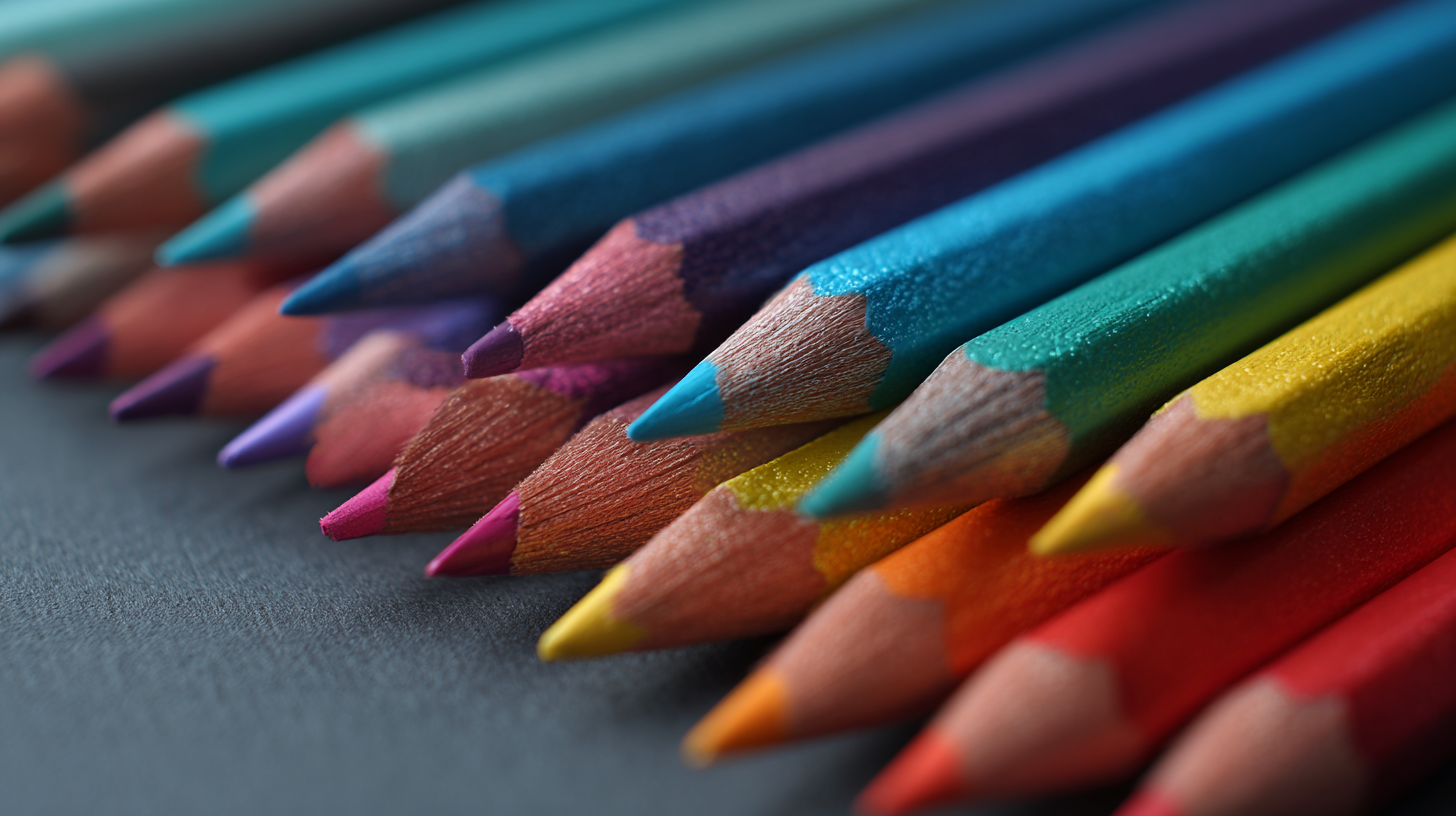
Related Posts
-

Revolutionizing Repair: Understanding the Science Behind Plastic Fillers and Their Environmental Impact
-

Unlocking the Potential of Filler Masterbatch: Innovations in Polymer Manufacturing
-
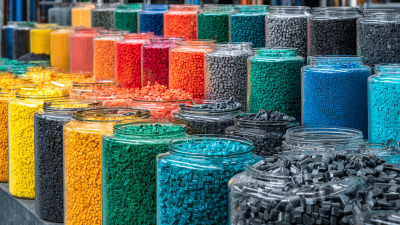
Exploring the Benefits of Compound Masterbatch: Industry Trends and Performance Metrics for 2024
-

Unlocking the Benefits of Anti Block Masterbatch: Revolutionizing Plastics with Enhanced Performance
-
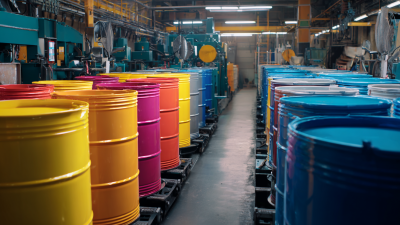
Unlocking Creative Potential: How Color Master Batches Transform Plastic Manufacturing
-

Discover How Slip Masterbatch Revolutionizes Plastic Processing Efficiency
